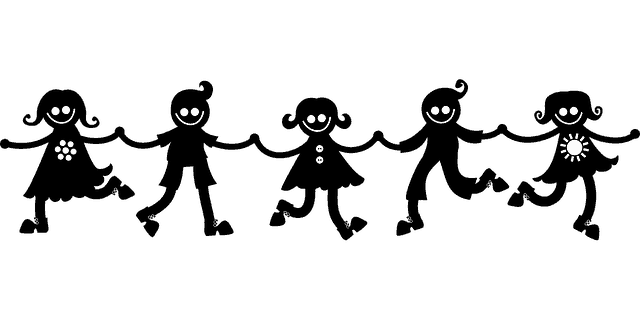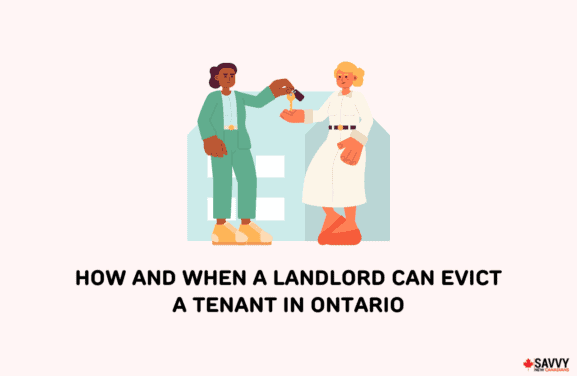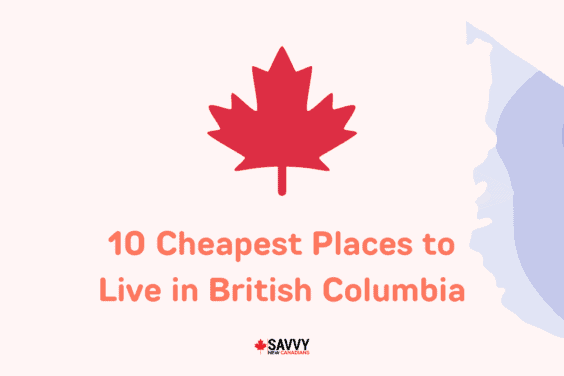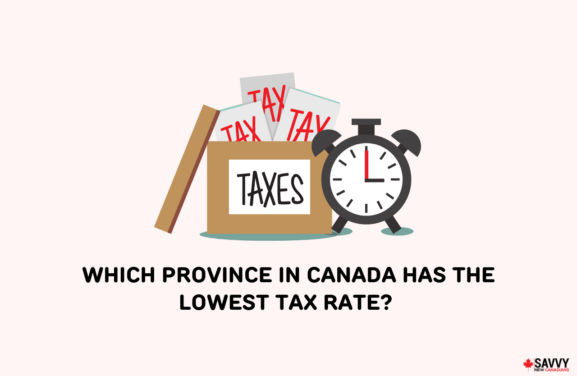The Canada Learning Bond (CLB) is free money the government provides to lower-income families to assist them in saving for their kid’s future education after high school.
It is associated with the Registered Education Savings Plan (RESP) and other well-known government educational grants, i.e. the Canada Education Savings Grant (CESG) and additional CESG.
If eligible, you can get up to $2,000 in CLB funds per child for their lifetime.
How Much Can You Expect From the Canada Learning Bond?
You can get up to a lifetime maximum of $2,000 in Canada Learning Bond per child.
Initially, when the RESP is open, the government deposits $500, followed by an additional $100 annually until the child turns 15 (if you remain eligible).
You could also be eligible for an additional $25 to cover the cost of opening the RESP.
Canada Learning Bond Eligibility
Your child is eligible to receive the CLB if:
- Your child was born in 2004 or later, and,
- You have the required documents, including social insurance numbers (you and your kid’s), birth certificate, and permanent resident cards (if not a Canadian citizen); and,
- You have an RESP account open on behalf of the child and
- Your family’s adjusted net income meets the criteria set by the government. For the July 1, 2023, to June 30, 2024, benefit year, the adjusted net income for CLB eligibility is as follows:
| Number of Children | Adjusted Net Family Income |
| 1 to 3 | Less than or equal to $53,359 |
| 4 | Less than $60,205 |
| 5 | Less than $67,079 |
| 6 | Less than $73,953 |
| 7 | Less than $80,827 |
| 8 | Less than $87,701 |
| 9 | Less than $94,574 |
| 10 | Less than $101,448 |
For families with over ten kids, check out the eligibility formula and criteria here.
Applying for the CLB
If you meet all the eligibility requirements above and complete the required CLB documents when opening your child’s RESP, your Canada Learning Bond will be deposited directly into the RESP account.
If you doubt whether you have received (or are receiving) the CLB, ask your RESP provider.

CLB Eligible Post-Secondary Education
The RESP is a government-registered savings plan that helps parents to save for their child’s post-secondary education in Canada. I have discussed the RESP here in more detail.
RESP funds (including Canada Learning Bonds) can only be used for educational programs in a “Qualifying Educational Institution.”
This could be a college, university, trade/vocational/technical school, or apprenticeship program.
If your child decides not to pursue post-secondary education, funds provided through the CLB are returned to the government.
For more information about the CLB, call 1-800-622-6232.
Conclusion
The Canada Learning Bond is a great opportunity for lower-income families to start saving for their kid’s future post-secondary education.
Unlike the Canada Education Savings Grant (CESG), you do not need to contribute to your child’s RESP account to receive the CLB.
Consider the CLB as seed money, which, if well-nurtured (i.e. by adding time, compound interest, and additional contributions), can grow into a significant amount and make higher education more affordable for your kids!
Note: If you choose to use TD e-Series funds for your child’s RESP, you may not be able to receive the CLB in your account. Remember to clarify with your TD investment advisor if there will be a problem.
A solid option for investing your RESP is with a robo-advisor like Wealthsimple. You save on costs (0.40% to 0.50% annual management fee) compared to a mutual fund (up to 2%), and portfolio managers do all the work on your behalf.
Here are some other RESP investment options.
Related Posts:




If I was not eligible for CLB when the RESP was opened but now am, will the government spontaneously pay the CLB to an already established RESP? Or are there steps I need to take now?
Also, do you know in which month of the year they check for changes in CLB eligibility?
For example, I made considerably less money this past year than previously and I don’t know when to make my RESP contribution; I want to be eligible for enhanced CESG and CLB (and I should be eligible now given my 2020 income), but I don’t know if they would use my 2020 income data if I were to contribute now. Can I contribute as soon as I get my notice of assessment, or oerhaps I should wait until July, as that is when they update CCB and maybe they will update CLB eligibility at the same time?